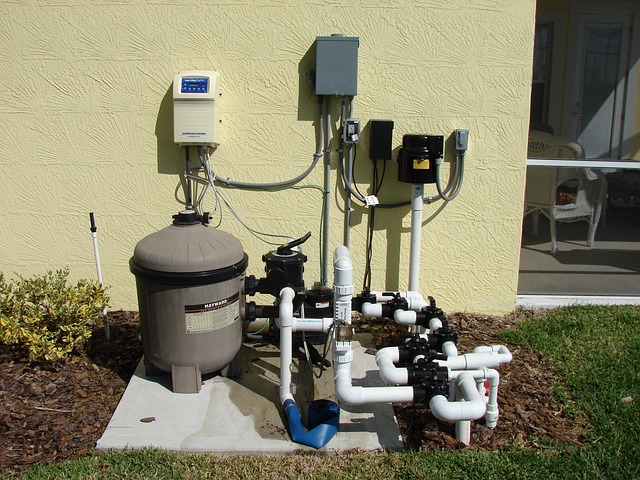Things to Know Before Getting Teeth Coated
Before choosing teeth coating, a dentist will assess your oral health and discuss whether sealants are appropriate for your needs. While not a substitute for brushing or flossing, coatings may complement a strong dental care routine. They usually last several years and may be covered by insurance for certain age groups or preventive care plans.

What Are Dental Sealants and How Do They Protect Tooth Enamel?
Dental sealants are thin, plastic coatings painted onto the chewing surfaces of teeth—primarily molars and premolars—where decay most often occurs. The sealant material flows into the deep grooves and depressions of these teeth and quickly hardens, forming a protective shield over the enamel. This barrier prevents food particles and bacteria from settling in these hard-to-clean areas, effectively reducing the risk of decay.
The tooth enamel protection offered by dental sealants is particularly important for teeth with deep pits and fissures that toothbrush bristles cannot reach effectively. Research shows that sealants can reduce the risk of decay in molars by nearly 80%, making them a valuable component of comprehensive preventive dental care. The application process is quick, painless, and requires no drilling or removal of tooth structure, making it a conservative approach to cavity prevention.
Are Dental Sealants for Adults Effective and Necessary?
While dental sealants are traditionally associated with pediatric dentistry, dental sealants for adults can be equally beneficial in specific circumstances. Adults who are at higher risk for tooth decay may be excellent candidates for this preventive treatment. Risk factors include:
-
Having deep pits and grooves in tooth surfaces
-
A history of frequent cavities
-
Difficulty maintaining thorough oral hygiene
-
Taking medications that reduce saliva flow
-
Consuming diets high in sugars and carbohydrates
-
Having receding gums that expose vulnerable root surfaces
Adult dental sealants are particularly valuable for those with existing dental work who wish to prevent further decay and more extensive treatments. The decision to apply sealants should be made in consultation with your dentist after a thorough evaluation of your specific oral health situation and risk factors. Unlike treatments for children, dental insurance coverage for adult sealants varies significantly, so this is an important consideration in your decision-making process.
What Is the Procedure for Getting Teeth Coated with Sealants?
The application of dental sealants is a straightforward, non-invasive procedure that typically takes only a few minutes per tooth. The process begins with a thorough cleaning of the teeth receiving sealants to remove plaque and food debris. The teeth are then dried completely, and an acidic solution is applied briefly to roughen the tooth surface, which helps the sealant bond more effectively.
After rinsing and drying the tooth again, the dental professional applies the liquid sealant material to the chewing surface, allowing it to flow into the grooves and pits. A special curing light is then used to harden the sealant, creating a durable protective barrier. Patients can eat and drink normally immediately after the procedure, with no recovery time needed. The dentist will check the sealants during regular checkups to ensure they remain intact and effective at preventing decay.
How Long Do Dental Sealants Last and What Maintenance Is Required?
Dental sealants are not permanent solutions but can provide cavity prevention coating for several years with proper care. On average, sealants last between 5-10 years, though some may remain effective for longer periods. The longevity depends on various factors including:
-
Oral hygiene practices
-
Biting and chewing habits
-
Types of food consumed regularly
-
The specific material used for the sealant
-
Proper application technique
Maintenance of dental sealants is minimal. Regular dental checkups allow your dentist to monitor the condition of your sealants and reapply them if necessary. While sealants provide excellent protection for the areas they cover, they only shield the chewing surfaces of teeth. Comprehensive preventive dental care still requires regular brushing, flossing, and dental cleanings to protect all tooth surfaces from decay and gum disease.
What Are the Costs and Insurance Coverage for Dental Sealants?
The cost of dental sealants varies depending on several factors, including geographical location, the dental office’s fee structure, and the number of teeth requiring sealants. Understanding the typical costs and insurance coverage options can help you make informed decisions about this preventive dental treatment.
| Provider Type | Average Cost Per Tooth | Insurance Coverage | Typical Longevity |
|---|---|---|---|
| Private Dental Practice | $30-$60 | Often covered for children; limited for adults | 5-10 years |
| Dental Schools | $15-$35 | Same as private practice | 5-10 years |
| Community Health Centers | $20-$40 | May offer sliding scale fees | 5-10 years |
| Pediatric Dental Specialists | $35-$65 | Better coverage for children under 18 | 5-10 years |
| Preventive Dental Clinics | $25-$50 | May work with various insurance plans | 5-10 years |
Prices, rates, or cost estimates mentioned in this article are based on the latest available information but may change over time. Independent research is advised before making financial decisions.
Most dental insurance plans cover sealants for children and teenagers as preventive care, typically at 80-100% coverage. However, coverage for adults varies significantly, with many plans offering limited or no coverage for adult sealants. Some dental discount plans may offer reduced rates on sealants for adults. When considering dental sealants, check with your insurance provider about specific coverage details, including age restrictions and which teeth are covered.
What Are the Benefits and Limitations of Dental Sealants?
Dental sealants offer significant benefits as part of a comprehensive approach to preventive dental care in the USA. The primary advantage is reducing cavity risk by up to 80% in the first two years after application, with continued protection against 50% of cavities for up to four years. This makes sealants a cost-effective intervention compared to the expense of filling cavities.
However, dental sealants do have limitations. They only protect the surfaces they cover, leaving other areas of teeth vulnerable to decay. They are not a replacement for regular oral hygiene practices but rather a complement to brushing and flossing. Additionally, sealants may occasionally chip or wear away, requiring replacement to maintain protection.
For maximum oral health benefit, dental sealants should be part of a comprehensive preventive strategy that includes regular dental checkups, proper nutrition, adequate fluoride exposure, and consistent oral hygiene practices. When considering sealants, discuss with your dental provider how they fit into your overall oral health plan and whether they’re the right choice for your specific dental needs.
This article is for informational purposes only and should not be considered medical advice. Please consult a qualified healthcare professional for personalized guidance and treatment.




